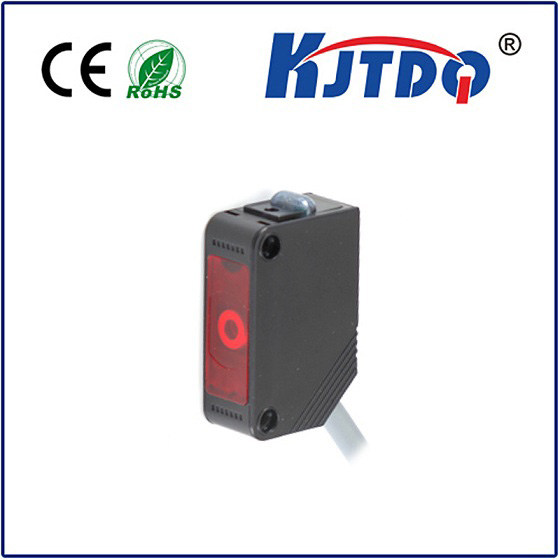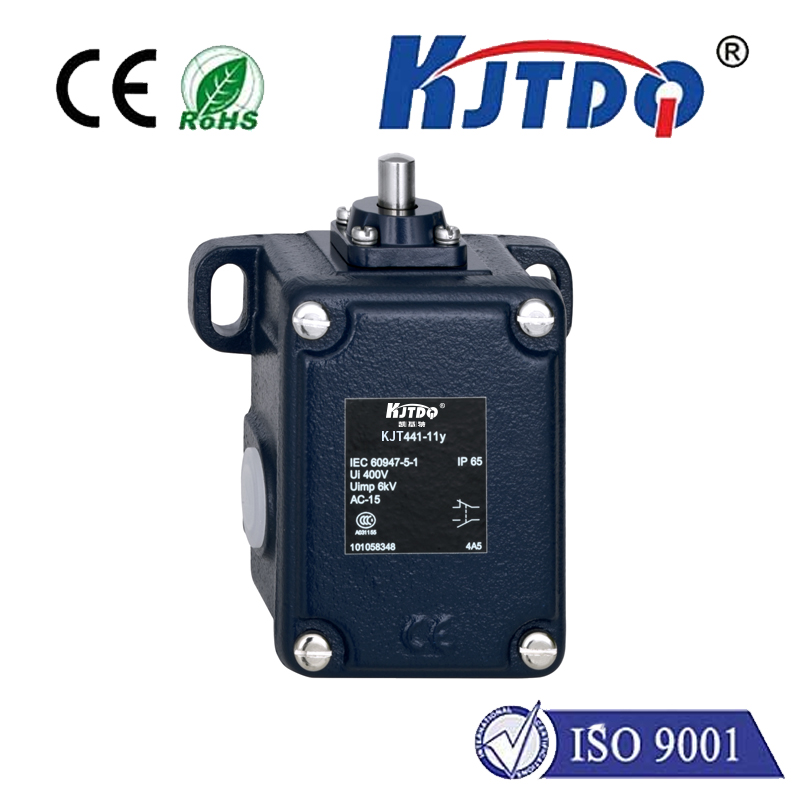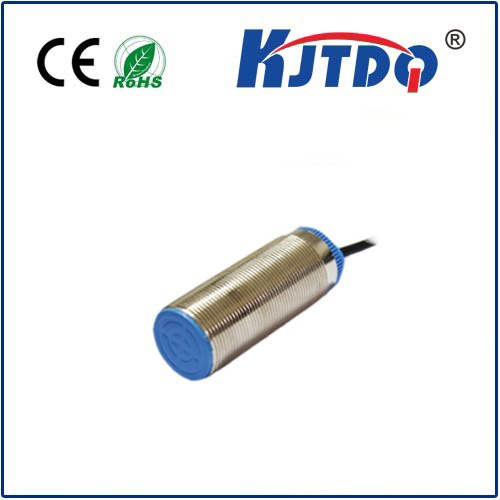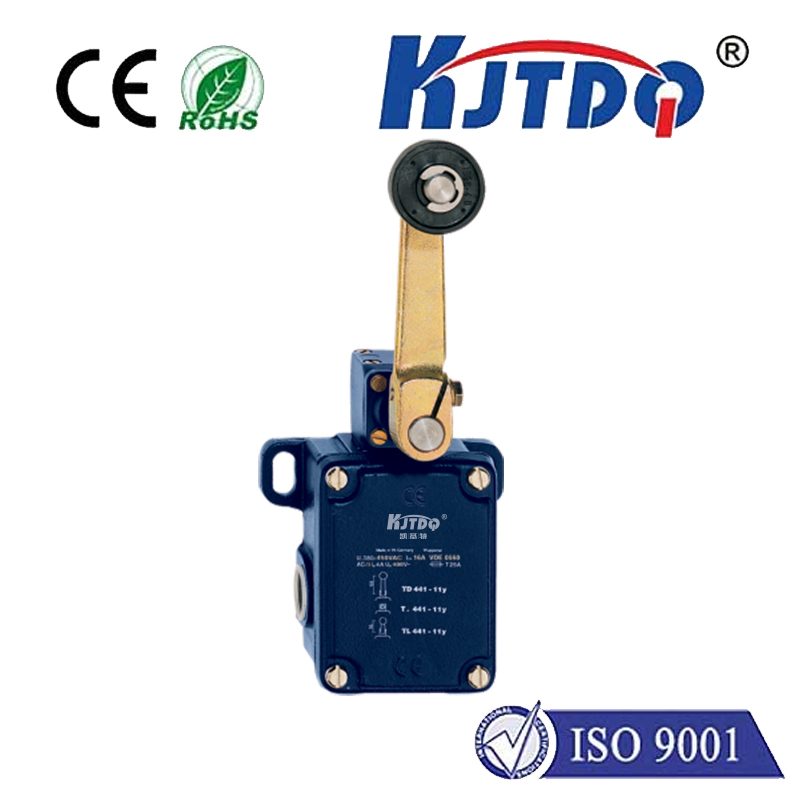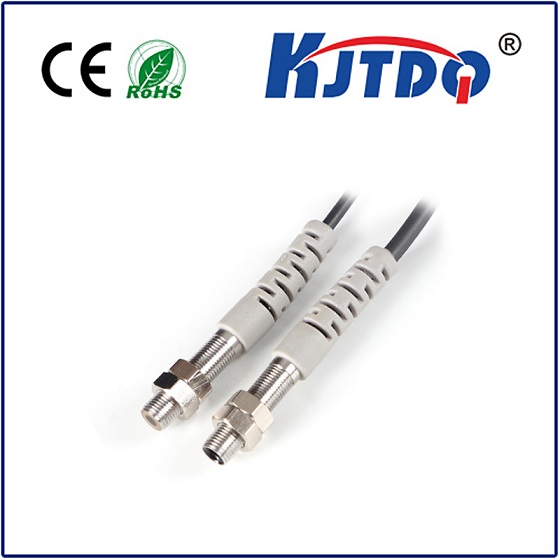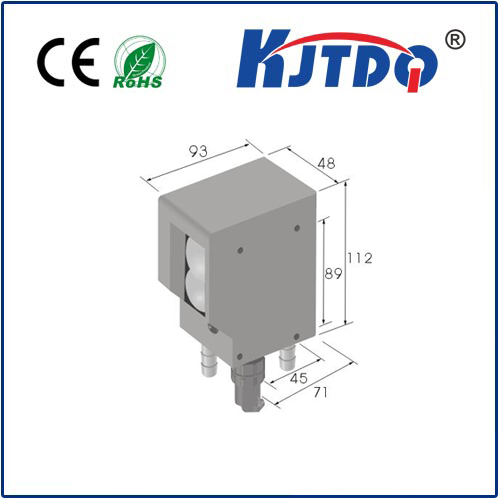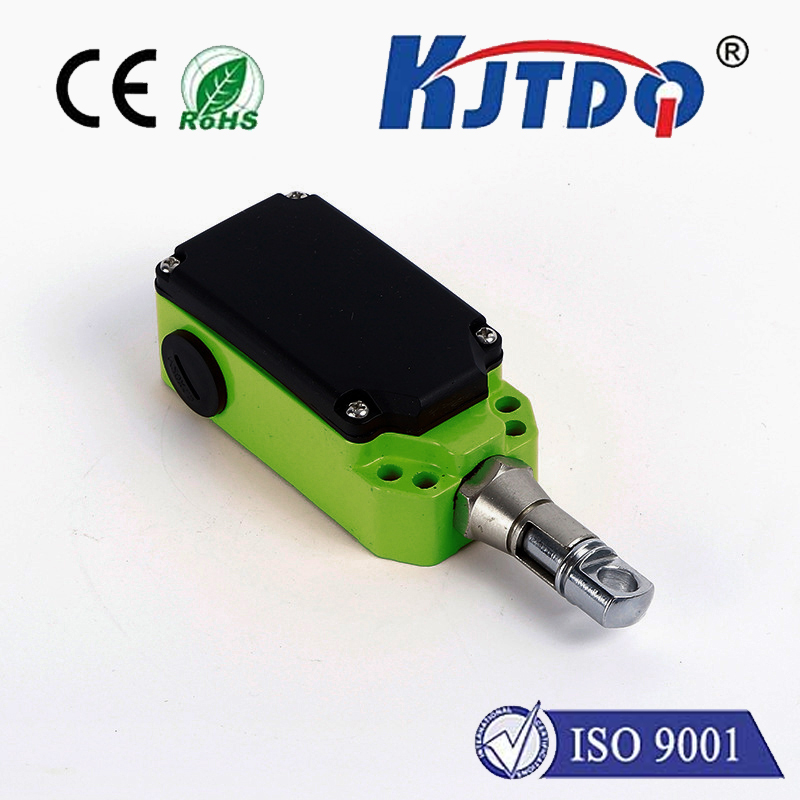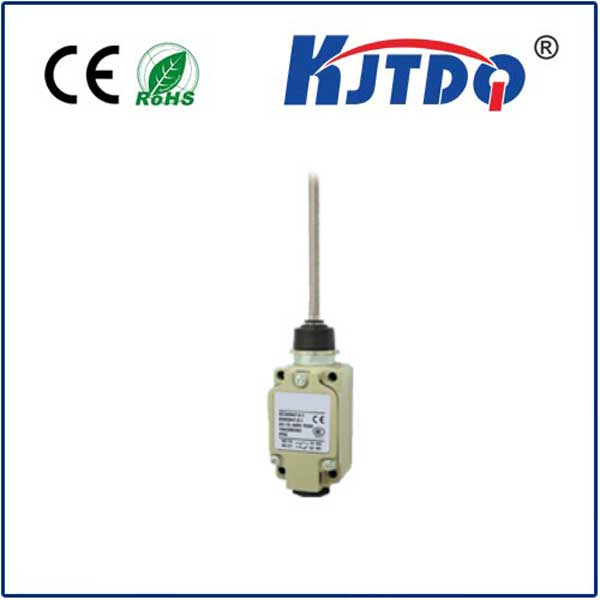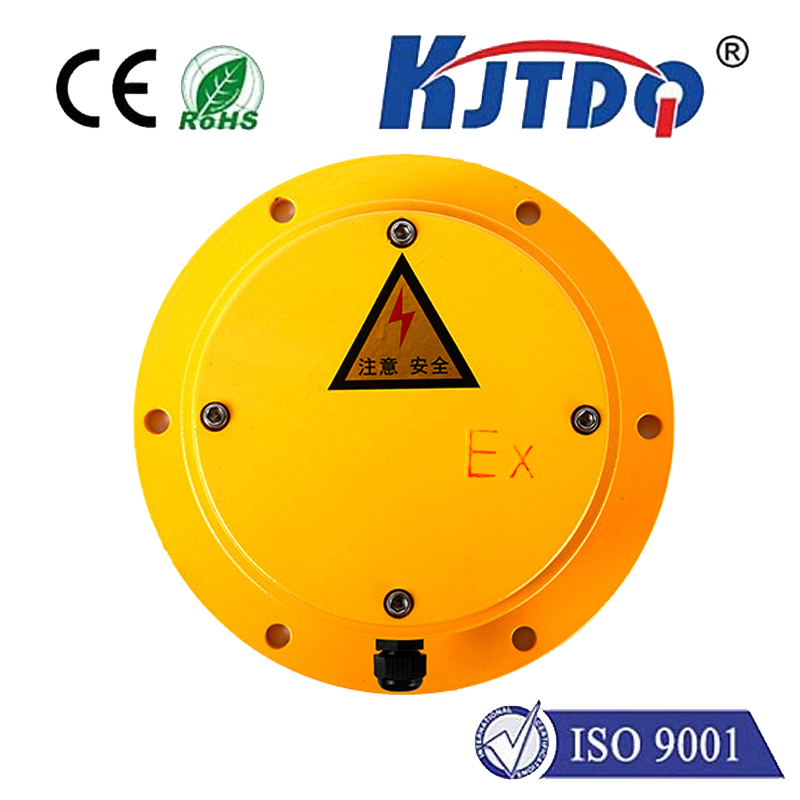
check

check

check

check
Down Limit Switch: Ensuring Safety and Efficiency in Industrial Equipment
In the realm of industrial machinery and equipment, safety is paramount. One crucial component that contributes to the overall safety and efficiency of these systems is the down limit switch. This article aims to explore the significance of down limit switches in various applications and highlight their role in preventing accidents and ensuring smooth operations.
Firstly, let us understand what a down limit switch is. A down limit switch is an electromechanical device designed to detect when a moving part or load has reached its lowest position or limit. It sends a signal to the control system, which can then take appropriate action, such as stopping or reversing the motion. Down limit switches are commonly used in elevators, conveyors, cranes, and other lifting mechanisms where precise positioning is essential for safe operation.

The primary function of a down limit switch is to provide a fail-safe mechanism. If a machine malfunctions or encounters an unexpected obstacle, the down limit switch will trigger the control system to halt the motion before any damage or harm occurs. This feature is particularly critical in applications involving heavy loads or human operators who may be at risk of injury if the machinery does not operate correctly.
Another essential aspect of down limit switches is their ability to improve efficiency by reducing unnecessary movement. By accurately monitoring the lower limits of a load or part, these switches can minimize energy consumption and wear on mechanical components. For instance, in conveyor belt systems, down limit switches can prevent the belt from running unnecessarily when there are no products to transport. This optimization leads to cost savings in terms of energy usage and maintenance while also extending the lifespan of the equipment.
Furthermore, down limit switches play a vital role in ensuring consistent product quality in manufacturing processes. In assembly lines, these switches can help maintain accurate placement of components during production, resulting in fewer defects and higher quality outputs. They also assist in maintaining proper alignment in printing presses and other precision machinery, ensuring accurate reproduction every time.
In addition to their functional benefits, down limit switches offer ease of integration into existing systems. Many models are compatible with various industrial controls and can be easily retrofitted into older equipment without extensive modifications. This flexibility makes them a popular choice for upgrades and enhancements to improve safety and efficiency across diverse industries.
When selecting a down limit switch for your application, it is crucial to consider factors such as operating environment, voltage requirements, and compatibility with your control system. Proper installation and regular maintenance are also essential to ensure reliable operation over time.
In conclusion, the down limit switch serves as a critical component in industrial machinery and equipment. Its role in providing a fail-safe mechanism, improving efficiency, enhancing product quality, and offering ease of integration underscores its importance in modern manufacturing processes. By incorporating down limit switches into your operations, you can significantly enhance safety measures and operational efficiency, ultimately contributing to a more productive and secure workplace environment.
